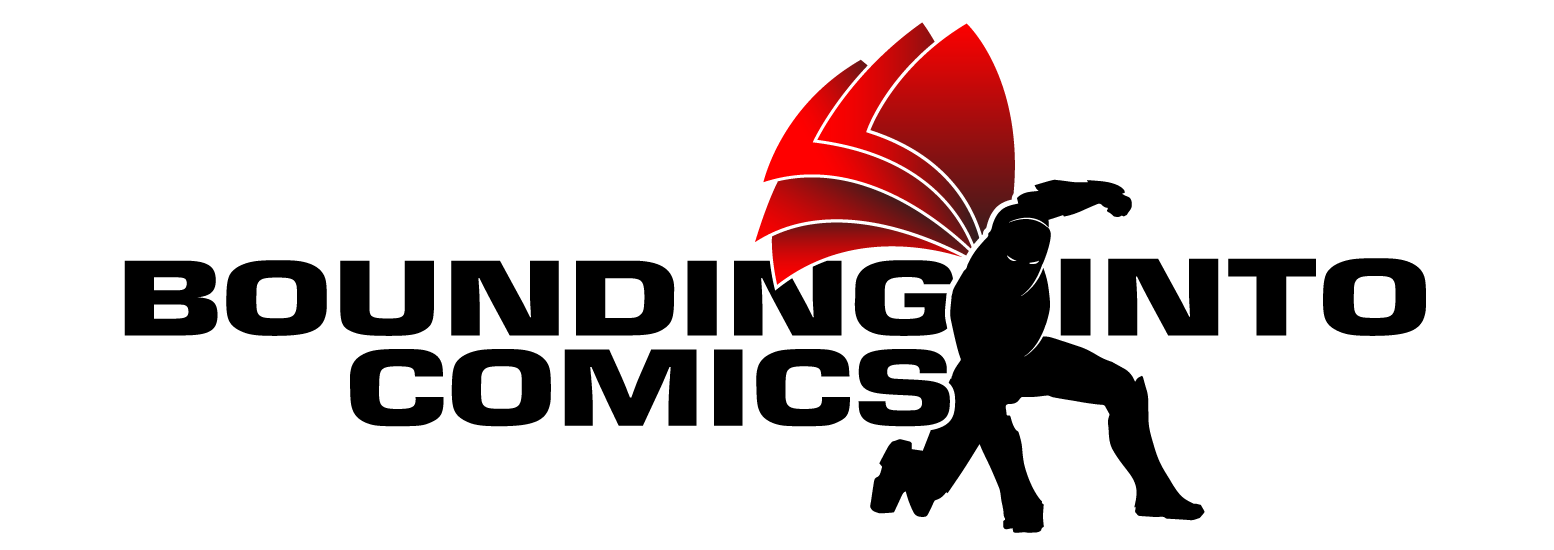YouTube Cracks Down on Harassment and Threats, Enacts New Guidelines for Content Creators
YouTube recently unveiled an updated “harassment policy” for their website, which aims to reduce the amount of harassment, threats, and “toxic comments” in response to calls for the video sharing platform to take more direct action against these elements.
On December 11th, YouTube’s Vice President and Global Head of Trust & Safety Matt Halprin announced the updated policy in a blog post to the official YouTube blog.
In the post, Halprin explains that YouTube “will not tolerate harassment” and outlines the actions the website will take against specific behavior. These behaviors include:
- “Threats and personal attacks,” which will be combated by prohibiting “explicit threats, but also veiled or implied threats,” which “includes content simulating violence toward an individual or language suggesting physical violence may occur”
- Patterns of “harassing behavior,” defined as a “pattern of repeated behavior across multiple videos or comments, even if any individual video doesn’t cross our policy line,” with YouTube stating that “channels that repeatedly brush up against our harassment policy will be suspended from YPP, eliminating their ability to make money on YouTube,” and that the website may “remove content,” issue strikes, or terminate a channel in response.
- “Toxic comments,” with YouTube stating that they’ve “continued to fine tune our systems to make sure we catch truly toxic comments” and will roll out their new feature, which automatically holds “potentially inappropriate comments” for review by the creator who can then choose whether the comment will appear on their video or not, to “most channels by the end of the year.”
These updated policies seem to be a delayed response to the conflict between Carlos Maza and Steven Crowder which engulfed the site earlier in the year, which saw the website promise to make changes in response to Maza’s accusations that Crowder was regularly harassing him on his YouTube show, Louder with Crowder.
However, as with many of YouTube’s policy changes, these updated guidelines have begun to negatively impact creators on the platform due to its vague and widespread definitions. Most notably, YouTube has removed a video critical of the questionable content and practices of YouTuber leafy by fellow YouTuber iDubbz, citing the updated policy as the reason for the removal:
Download ur favorite bullying vids, before yt takes them down pic.twitter.com/3YajQJbr5G
— German dad from the 70s (@Idubbbz) December 11, 2019
Another popular YouTuber, Eddy Burback, also questioned if it were appropriate for YouTube to retroactively apply these rules to videos made before the policy was updated:
So let’s pretend that YouTube removing the leafy content cop was fair
Is it okay for youtube to change its guidelines, then remove content that was posted before the change?
If you follow youtube’s rules in 2019 and they change them in 2030, should they remove all your content?
— Eddy Burback (@eddyburback) December 11, 2019
Related: ‘Soph’ Banned From YouTube for Violating “Hate Speech” Policy
like it or not this is someone’s art that they are trying to erase from popular culture (youtube is the #1 and only online video option for most people) even though it followed the rules of their site when posted
— Eddy Burback (@eddyburback) December 11, 2019
Steven Crowder warned these new policies will usher in what he describes as a “YouTube Purge.”
As of writing, YouTube has not responded to creators who have questioned the effects of the updated policy.
More About:Censorship
